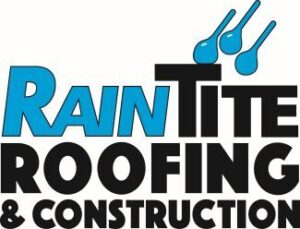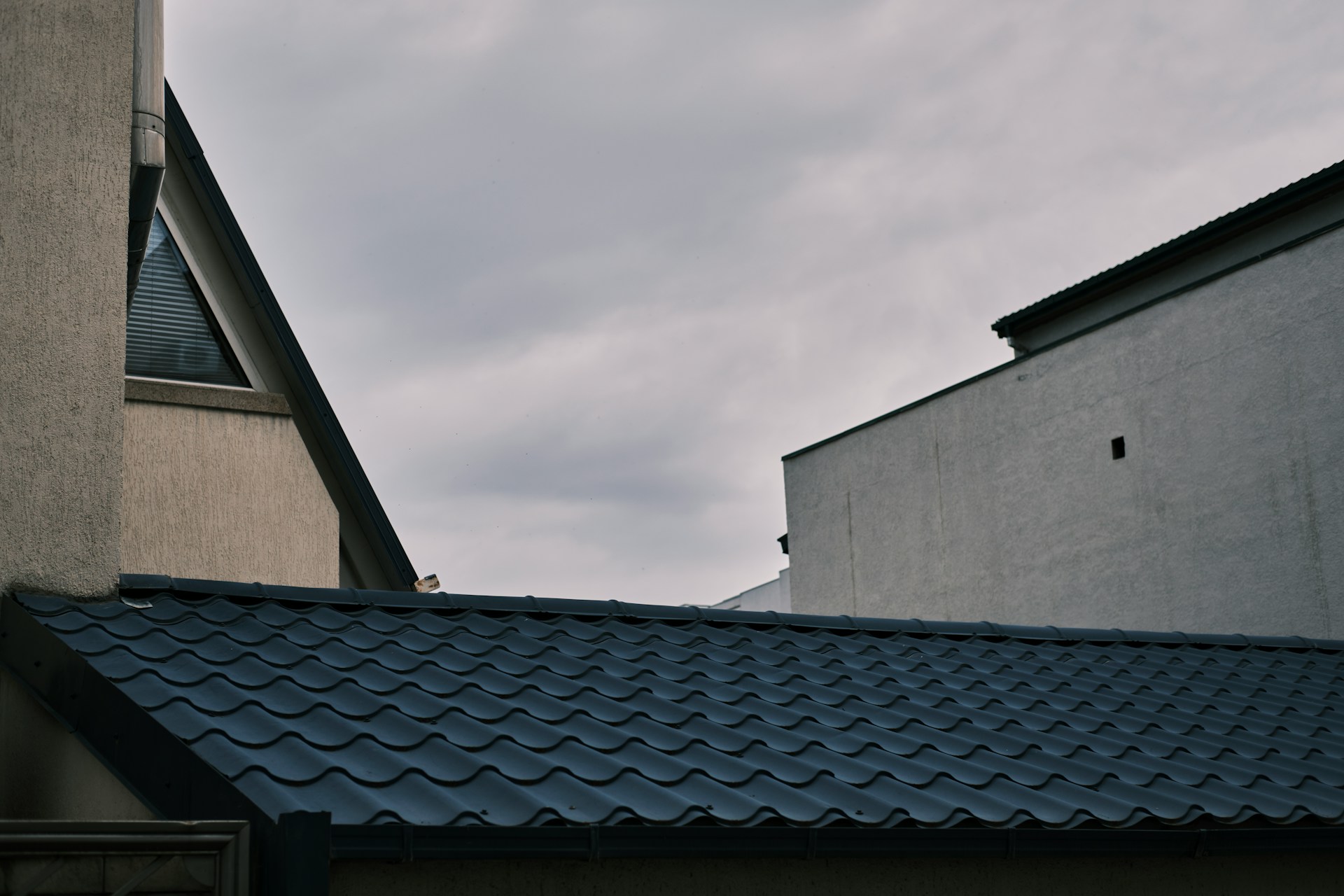Your roof is a crucial part of your home, keeping you safe and dry. But how do you know when it’s time to get a new one? Waiting too long can lead to bigger problems like leaks or structural damage while replacing it too soon can be costly. Knowing the signs of a failing roof can help you make the right decision.
In this blog, we’ll explore how to determine if your roof needs to be replaced. Recognizing these signs early can protect your home and help you plan for necessary repairs or replacements, ensuring your home remains secure and cozy for years to come.
Assessing the Age and Material of Your Roof
Checking the age and material of your roof is an important step in understanding its condition and planning for any needed repairs or replacements. Different materials have different lifespans, affecting when you might need to take action.
1. Common Roofing Materials and Their Lifespan
– Asphalt Shingles: Usually last about 15-30 years. If your roof is nearing this age, start planning for a replacement.
– Metal Roofing: Can last between 40-70 years. Look out for rust or corrosion as signs of aging.
– Slate Tiles: Have a long lifespan of over 100 years but require regular inspections for cracked or missing tiles.
– Wood Shingles: Typically last around 25-30 years. Be on the lookout for rotting or insect damage.
2. Identifying Material-Specific Wear and Tear
– Asphalt shingles may show granule loss, curling edges, or cracks.
– Metal roofs can develop loose seams or fasteners, especially if improperly installed.
– Slate tiles may crack or chip, necessitating quick repairs to avoid leaks.
– Wood shingles can warp or rot, indicating water exposure or pest issues.
Understanding your roof’s material type and age can help you anticipate when repairs or replacement might be necessary. Regular assessments also help avoid unexpected roofing emergencies.
Identifying Severe Damage or Deterioration
Spotting severe damage early can prevent costly roofing repairs or replacements. Some common signs indicate that your roof is in serious trouble and needs immediate attention.
1. Visible Holes or Punctures
– Large holes can allow water to enter your home, causing structural damage.
– Look for punctures from branches or other debris, especially during or after storms.
2. Sagging Rooflines
– A sagging roof is a sign of potential structural failure. This could be due to heavy water damage, poor material quality, or frame problems.
– If you notice valleys or dips from a distance, it’s important to have a professional assessment.
3. Widespread Shingle Damage
– If most of your shingles are cracked, missing, or covered in moss, it’s time to consider major repairs or replacement.
– Check for shingle granules in gutters, which signal deterioration.
4. Interior Water Damage
– Water stains on ceilings or walls can suggest a leaking roof.
– Mold or mildew growth inside the home correlates with significant moisture issues.
Catching these severe issues early ensures that you can address them before they become bigger problems. Regular inspections will help you identify these signs and take appropriate action, reducing the risk of extensive damage to your home.
Evaluating Persistent Leaks and Water Damage
Persistent leaks are a major sign that your roof needs attention. If you’ve tried fixing a leak before, but it continues to appear, there might be deeper issues. Water damage often leads to mold, rot, and structural problems if not addressed promptly.
First, identify the source of the leak. Check for missing shingles, damaged flashings, or clogged gutters. Water stains on the ceiling or walls are telltale signs, and prolonged leaks can lead to discolored patches or a sagging ceiling. Inspect the attic for wet insulation or signs of mold that could indicate ongoing moisture issues.
Addressing persistent leaks might require more than a simple patch-up. If the leaks are extensive, it could be a sign of overall wear or failure in the roofing system. This often means repairs might only be temporary solutions, and a roof replacement might be necessary to prevent further damage.
Considering Energy Efficiency and Home Value Enhancements
Improving your roof’s energy efficiency can significantly impact your home’s comfort and utility bills. Modern roofing materials offer better insulation, reflecting heat in the summer and retaining warmth in the winter. This efficiency reduces the workload on your HVAC system, leading to lower energy costs.
Consider options like cool roofs, which use reflective materials to decrease heat absorption. Adding insulation during a repair or replacement is another effective way to enhance energy efficiency. This improvement can provide immediate benefits and long-term savings.
Additionally, upgrading your roof can boost your home’s value. Potential buyers often look for features that reduce living costs and provide longevity. An energy-efficient roof is an attractive selling point, highlighting reduced maintenance and improved environmental impact.
Roof enhancements can make your home more appealing, increase resale value, and contribute to a more sustainable living environment. Carefully evaluate these factors when considering roofing improvements, as they offer both practical and financial rewards.
Conclusion
Deciding on roof repairs or replacements involves understanding various factors like persistent leaks, energy efficiency, and the potential for enhancing home value. Ensuring your roof is in peak condition protects your home from damage, improves living comfort, and offers potential savings on energy costs.
If you’re considering roof upgrades or facing ongoing leaks, contact us at RainTite Roofing & Construction today. Our expert team is ready to guide you through the process, ensuring your roof meets the highest standards of durability and efficiency while boosting your home’s value. Let our professional roof replacement services help secure your home’s future!

